Gravitational Waves, Black Hole Shadows And Exoplanets: Can We Make A Place For Cutting-Edge Results In Schools?
Parallel Session
4th Shaw-IAU Workshop on Astronomy for Education
Session timeblocks
Tuesday Nov. 15, 2022
Part 1:
UTC: 9 a.m. -
10:30 a.m.
America/New_York:
4 a.m.-
5:30 a.m.
Part 2:
UTC: 8 p.m. -
9:30 p.m.
America/New_York:
3 p.m.-
4:30 p.m.
Wednesday Nov. 16, 2022
Part 1 - repeated:
UTC: 8 p.m. -
9:30 p.m.
America/New_York:
3 p.m.-
4:30 p.m.
Thursday Nov. 17, 2022
Part 2 - repeated:
UTC: 8 a.m. -
9:30 a.m.
America/New_York:
3 a.m.-
4:30 a.m.
Cutting-edge science is not only exciting and interesting but also acts as an important introduction to both scientific content and the challenges of doing science. Often, people first become fascinated by astronomy thanks to hearing about a new, ground-breaking result. But cutting-edge science is difficult to teach about: By definition, it is a rapidly changing topic, and the latest results today may eventually become redundant in the future. This constantly shifting scientific landscape makes the incorporation of cutting-edge results into lessons and curricula tricky. In this session we will discuss how to introduce cutting-edge results in schools, and highlight the challenges faced by astronomers, science communicators and teachers in building educational content for scientific areas such as gravitational waves, black holes shadows and exoplanets into the curriculum. This session consists of two parts which can be attended in any order.
Schedule
-
Combining design-based research & the model of educational reconstruction in astronomy education
Tuesday Nov. 15, 2022
UTC: 9 a.m. - 9:25 a.m. America/New_York: 4 a.m.- 4:25 a.m.Wednesday Nov. 16, 2022
UTC: 8 p.m. - 8:25 p.m. America/New_York: 3 p.m.- 3:25 p.m.How can we make a place for cutting-edge astronomy research in schools? Which methods ensure that our instructional activities work in diverse educational contexts and become relevant to students? While cutting-edge topics such as gravitational waves, black hole shadows, and exoplanets have great potential to motivate students, the novelty of these topics poses challenges for teachers and instructors. This talk will present a robust educational framework, the Model of Educational Reconstruction. I will argue that we can combine this framework with design-based research methods to develop instructional resources that engage students and successfully convey the subject matter. Case studies in general relativity education will illustrate the efficacy of this approach in astronomy education

Magdalena Kersting (University of Copenhagen)
For more information about this talk click here
-
Bringing Gravitational Waves into the classroom using Streamlit
Tuesday Nov. 15, 2022
UTC: 9:25 a.m. - 9:35 a.m. America/New_York: 4:25 a.m.- 4:35 a.m.Wednesday Nov. 16, 2022
UTC: 8:25 p.m. - 8:35 p.m. America/New_York: 3:25 p.m.- 3:35 p.m.Physics concepts surrounding oscillations and waves at the middle- and high-school level can be introduced in a more enticing way by hooking students with cutting-edge research in Gravitational Waves. We have developed an online, interactive module that serves this purpose using Streamlit, a python-based library. The module connects the astrophysics of black holes to the properties of waves that they emit, forming a toolkit for teaching the same in an engaging way. It can be self-completed, used in an online lesson, or interactively in a classroom module. Formative assessment questions are provided at a conceptual level.

Sumeet Kulkarni (University of Mississippi)
Coauthors: Jonah Kanner (Caltech), WIlliam Katzman (LIGO Livingston)
For more information about this talk click here
-
Contemporary Topics, Innovative Classrooms: Gravitational Waves and Dark Matter
Tuesday Nov. 15, 2022
UTC: 9:35 a.m. - 9:45 a.m. America/New_York: 4:35 a.m.- 4:45 a.m.Wednesday Nov. 16, 2022
UTC: 8:35 p.m. - 8:45 p.m. America/New_York: 3:35 p.m.- 3:45 p.m.We introduce two initiatives led by Australian Centres of Excellence (CoEs) to create innovative lessons and professional development activities introducing curriculum-aligned contemporary Astrophysics concepts. The CoE for Gravitational Wave Discovery developed extended projects aligned with senior Physics curricula for students to do hands-on depth study of black hole mergers using interferometers and Python coding. The CoE for Dark Matter Particle Physics designed longitudinal partner programs in which schools have regular incursions and curriculum-aligned lessons related to the nature of science and the science of detecting the unseen, focusing onunderserved schools. Both groups collaborate with science education researchers to study the efficacy of these school engagement initiatives
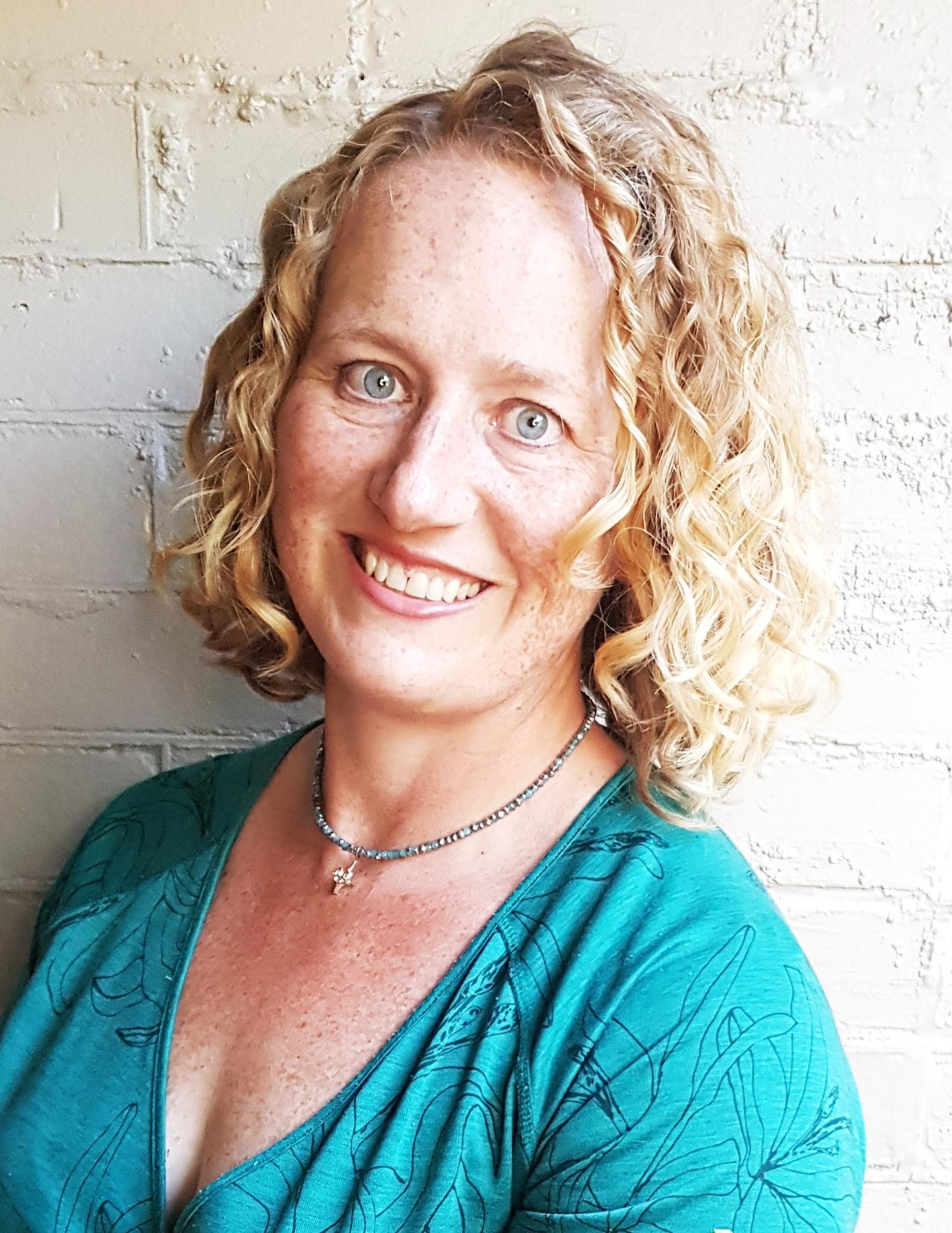
Jacqueline Bondell (OzGrav/CDMPP)
Coauthors: Ian Dewey (Immanuel College, Adelaide)
For more information about this talk click here
-
Project based learning on exoplanetary explorations
Tuesday Nov. 15, 2022
UTC: 9:45 a.m. - 9:55 a.m. America/New_York: 4:45 a.m.- 4:55 a.m.Wednesday Nov. 16, 2022
UTC: 8:45 p.m. - 8:55 p.m. America/New_York: 3:45 p.m.- 3:55 p.m.In this talk, we will discuss how to use observational facilities and real data of exoplanets (transits, radial velocities, transmission spectra, etc.) to make project based learning for high school & undergraduate students. Our research projects on exoplanet detection, characterization, formation & evolution and habitability, allow students to form advisor led teams, for interactively learning exoplanetary sciences, scheduling observations, obtaining & reducing the data, making analysis and having discussions. Project based learning will engage students in solving problems, answering questions and team working. As a result, they can develop deep content knowledge as well as creativity, critical thinking, collaboration, and communication skills.
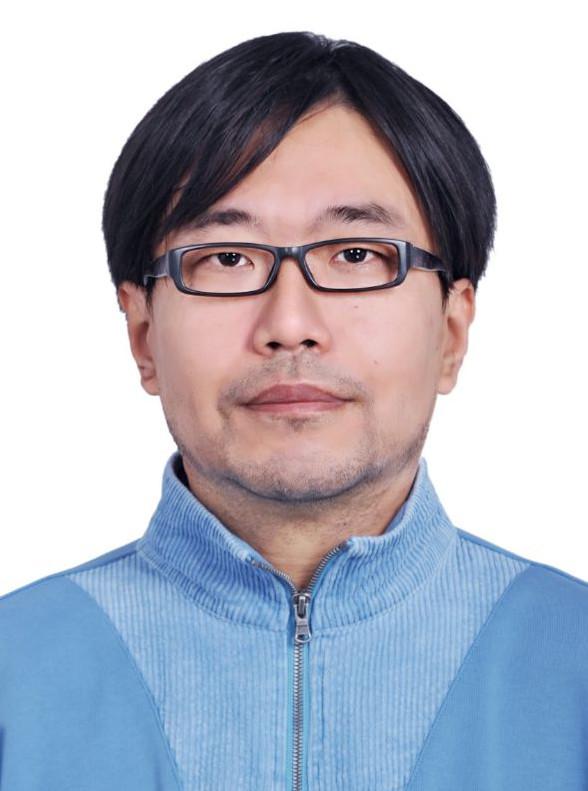
Cao Chen (Shandong University / Shandong Astronomical Society)
Coauthors: Dayong Ren (Shandong University), Dongyang Gao (Shandong University, Nanjing University), Song Nan (China Science and Technology Museum)
For more information about this talk click here
-
Meet the IAU Astronomers
Tuesday Nov. 15, 2022
UTC: 9:55 a.m. - 10 a.m. America/New_York: 4:55 a.m.- 5 a.m.Wednesday Nov. 16, 2022
UTC: 8:55 p.m. - 9 p.m. America/New_York: 3:55 p.m.- 4 p.m.The “Meet the IAU Astronomers!” programme connects teachers, informal educators and amateur astronomer groups with IAU-members for meet-up (events) where professional astronomers have the chance to share their research, the importance of astronomy for society, and why following astronomy as a career is a viable and rewarding choice. The Meet the IAU Astronomers! programme goals is to “facilitate international communication through exchanges” and “encourage communication of science and critical thinking through IAU member public engagement”. A relaunch in spring 2022 was set to align the programme objectives and event structure with new evaluation instruments and to provide astronomers and organisers with tools that allow them to deliver inclusive events. Presented in comprehensive handbooks, the proposed structure and methodology widen the scope of the events and aim to facilitate events that strive to create lasting personal and social impact on the communities, participants and the astronomers themselves. The handbooks also encourage astronomers to consciously incorporate inclusive outreach practices and strategies that will encourage critical thinking, for example, by including opportunities for participants to identify, analyse, and evaluate the content shared. In this presentation, we will introduce the programme and describe best practices gathered from other projects, such as STEM Ambassadors, that reflect inclusive practices and inform the Meet the IAU Astronomers! programme.
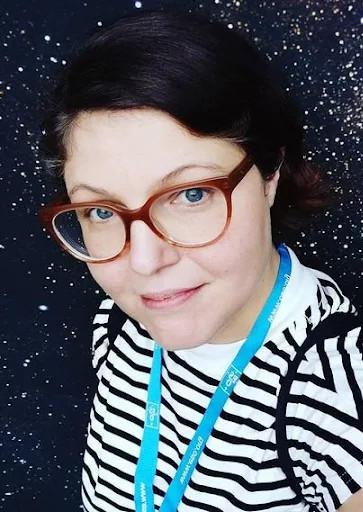
Suzana Filipecki Martins (IAU Office of Astronomy Outreach)
For more information about this talk click here
-
Discussion Panel: Gravitational waves, black hole shadows and exoplanets: Can we make a place for cutting-edge results in schools? (Part 1)
Tuesday Nov. 15, 2022UTC: 10 a.m. - 10:30 a.m. America/New_York: 5 a.m.- 5:30 a.m.
Wednesday Nov. 16, 2022
UTC: 9 p.m. - 9:30 p.m. America/New_York: 4 p.m.- 4:30 p.m.Chair:

Anna Sippel
Panel: Jacqueline Bondell
(University of Melbourne / Swinburne University of Technology), Cao Chen
(Shandong University / Shandong Astronomical Society), Suzana Filipecki Martins
(IAU Office of Astronomy Outreach), Magdalena Kersting
(Department of Science Education, University of Copenhagen), Sumeet Kulkarni
(University of Mississippi) -
The Dutch Black Hole Consortium Education Programme
Tuesday Nov. 15, 2022
UTC: 8 p.m. - 8:20 p.m. America/New_York: 3 p.m.- 3:20 p.m.Thursday Nov. 17, 2022
UTC: 8 a.m. - 8:20 a.m. America/New_York: 3 a.m.- 3:20 a.m.The Dutch Black Hole Consortium brings together cutting-edge research from subjects as diverse as astronomy, engineering, and geology to further our understanding of black holes and gravitational waves. At its heart is an ambitious educational project to bring the results into both classrooms and informal learning settings. For primary level, lessons are being created using innovative smart education techniques and research will focus on how to support learners to think scientifically. At secondary level, the focus lies with teacher education; trainee physics teachers will be able to experience real scientific research to inspire and improve their classroom practises. The consortium is also developing a large citizen science project and exhibits for two science museums/centres.
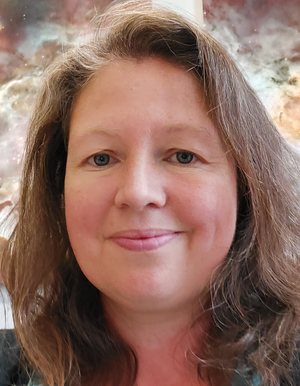
Joanna Holt (Netherlands Research School for Astronomy (NOVA))
For more information about this talk click here
-
Using authentic exoplanet data to promote active learning of physics and mathematics in schools
Tuesday Nov. 15, 2022
UTC: 8:20 p.m. - 8:30 p.m. America/New_York: 3:20 p.m.- 3:30 p.m.Thursday Nov. 17, 2022
UTC: 8:20 a.m. - 8:30 a.m. America/New_York: 3:20 a.m.- 3:30 a.m.Chile benefits from a favorable position to develop astronomy; however, teacher training in the area is low, and there are few opportunities for students to learn about frontier research. To address this challenge, we built a group of astrophysicists, science education specialists, and high school teachers to co-construct active-learning activities using exoplanet data for physics and mathematics classes. Our team worked with almost a hundred students from three schools to pilot our activities. The results show that teaching frontier astrophysics in school classrooms is possible and promotes students' interest in science. We believe this project contributes to bridging the gap between astrophysics research and teaching science in school.
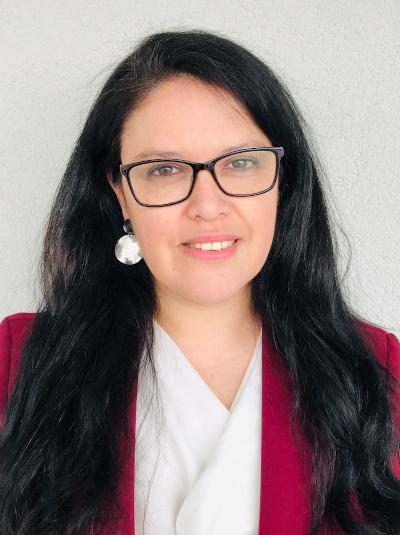
Carla Hernández (Universidad de Santiago de Chile)
For more information about this talk click here
-
Incorporating Astronomy Research into the Classroom
During Part 2 : UTC: 8 p.m. - 9:30 p.m. America/New_York: 3 p.m.- 4:30 p.m.
Repeated during Part 2 - repeated : UTC: 8 a.m. - 9:30 a.m. America/New_York: 3 a.m.- 4:30 a.m.
As part of my work with the Faulkes Telescope Project, I will present examples of work done with students in various fields of astronomy research. Examples include studies of black hole X-ray binaries, open clusters, supernovae and exoplanets. In many cases, students follow the entire scientific process from target selection to observation to analysis and conclusions/reflection. While allowing students to learn, and be inspired by, astronomy, they are also able to practice implement transferable skills though the medium of astronomy. These skills are particularly prevalent in the fields of IT and maths.
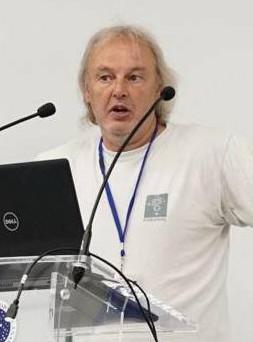
Fraser Lewis (Faulkes Telescope Project and National Schools' Observatory)
Coauthors: Sarah Roberts (Faulkes Telescope Project)
For more information about this talk click here
-
Sparking Imaginations with Black Hole Images
Tuesday Nov. 15, 2022
UTC: 8:40 p.m. - 8:45 p.m. America/New_York: 3:40 p.m.- 3:45 p.m.Thursday Nov. 17, 2022
UTC: 8:40 a.m. - 8:45 a.m. America/New_York: 3:40 a.m.- 3:45 a.m.Black holes are regions of extremely distorted spacetime that not even light can escape. As predictions of Einstein's general theory of relativity a hundred years ago, black holes have captured the public's attention for many years and have influenced science friction, movie, music, and pop cultures. When we released the first ever images of black hole at the center of M87 in 2019 and our Milky Way earlier this year, students all across the world learned that black holes are real, and learned that through science, we can make predictions that were once beyond our imaginations. Using this opportunity, the EHT engages with students at all levels to promote astronomy, scientific thinkings, and mathematical reasonings. In this short talk, I will share the methods and lesson-learned from the EHT.

Chan Chi-Kwan (Steward Observatory and the Department of Astronomy, University of Arizona)
For more information about this talk click here
-
Engaging students and teachers with the exciting new field of gravitational-wave astronomy
Tuesday Nov. 15, 2022
UTC: 8:45 p.m. - 8:55 p.m. America/New_York: 3:45 p.m.- 3:55 p.m.Thursday Nov. 17, 2022
UTC: 8:45 a.m. - 8:55 a.m. America/New_York: 3:45 a.m.- 3:55 a.m.In just a few years the detection of gravitational waves has progressed from global breakthrough to almost routine occurrence. This exciting, young field offers excellent opportunities to engage and inspire STEM students and teachers through its combination of more advanced science topics which enjoy widespread popularity (black holes, general relativity, quantum physics) and more fundamental concepts (in mechanics, gas physics, lasers and materials) at the core of high school, college and university science and engineering courses. Here I will highlight some of the approaches, adopted by the LIGO Virgo KAGRA Collaborations and the LISA Consortium, to convey the exciting science of gravitational-wave astronomy to STEM students and teachers across the globe.
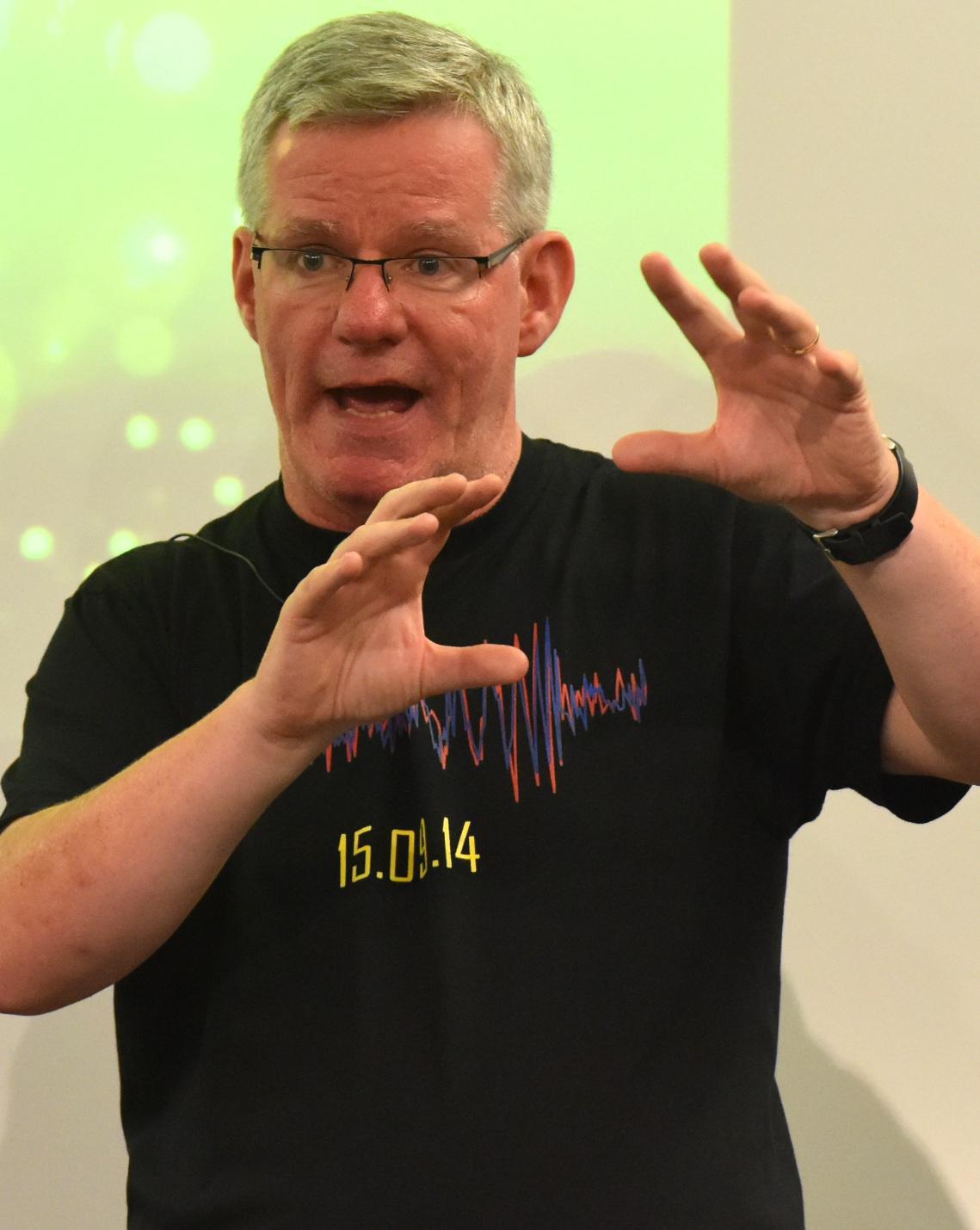
Martin Hendry (University of Glasgow)
For more information about this talk click here
-
Space Scoops
Tuesday Nov. 15, 2022
UTC: 8:55 p.m. - 9 p.m. America/New_York: 3:55 p.m.- 4 p.m.Thursday Nov. 17, 2022
UTC: 8:55 a.m. - 9 a.m. America/New_York: 3:55 a.m.- 4 a.m."Bringing news from across the universe to kids all around the world.” is the claim of the Space Scoop project. Current astronomy press releases and publications are edited and presented especially for children. Interested children get insights in what is going on in astronomy right now. New Space Scoops are presented regularly. A translator network translates these Space Scoops in different languages.
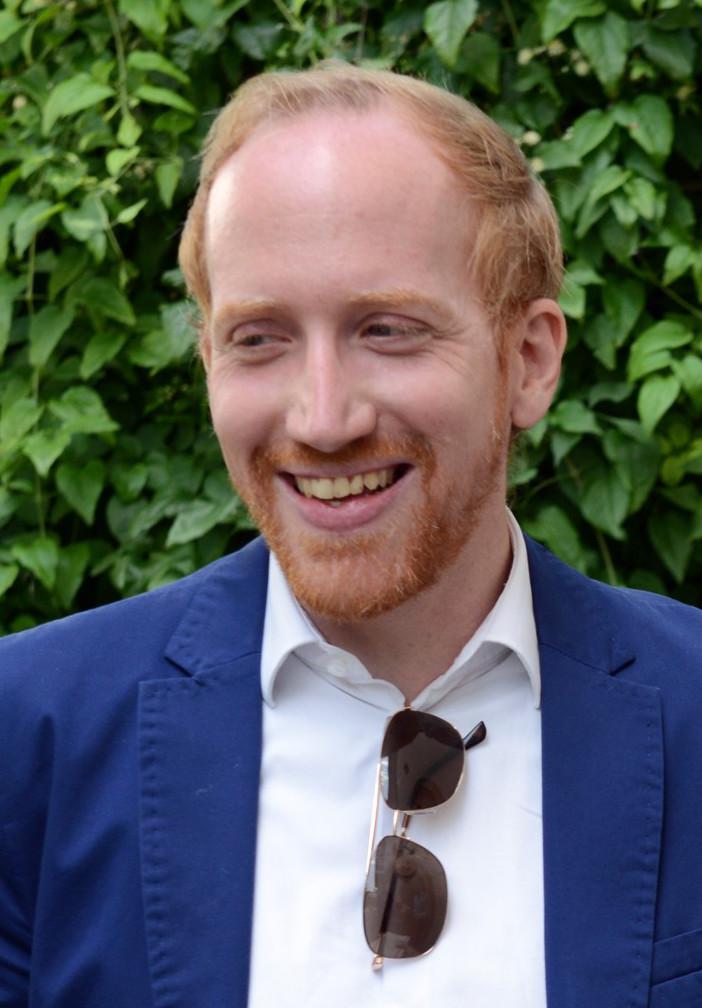
Florian Seitz (Haus der Astronomie)
For more information about this talk click here
-
Discussion Panel: Gravitational waves, black hole shadows and exoplanets: Can we make a place for cutting-edge results in schools? (Part 2)
Tuesday Nov. 15, 2022UTC: 9 p.m. - 9:30 p.m. America/New_York: 4 p.m.- 4:30 p.m.
Thursday Nov. 17, 2022
UTC: 9 a.m. - 9:30 a.m. America/New_York: 4 a.m.- 4:30 a.m.Chair:
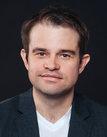
Niall Deacon
Panel: Chan Chi-Kwan
(Steward Observatory and the Department of Astronomy, University of Arizona), Martin Hendry
(University of Glasgow), Carla Hernández
(Universidad de Santiago de Chile), Joanna Holt
(Netherlands Research School for Astronomy (NOVA)), Fraser Lewis
(Faulkes Telescope Project and National Schools' Observatory), Florian Seitz
(Haus der Astronomie)
Posters
-
Amateur astronomer provides Chinese young students with cutting-edge science contents on astronomy
Feng Chong (fengchong15@126.com)
Amateur astronomer magazine is the earliest and most influential astronomical science journal in China. The magazine has a monthly circulation of 16,000 copies, and the readers are young students. The magazine can be fast, accurate, and stable in terms of response speed, quality of content and topic continuity. First, the editors have been closely following the frontiers, keeping close contact with astronomers. Second, the professionalism and accuracy of the presented content is ensured by interviewing with astronomers. Third, many hot issues can be presented from the time they are proposed to that are confirmed. Finally, the magazine added current affairs to the annual Chinese National Astronomy Olympiad to guide students to pay attention to the progress of astronomical research.
-
Mimicking of gravitational lensing and microlensing in a classroom
Su Jun (Haian Senior School, Jiangsu Province, China)
When a point-like object passes between a background light source and an observer, the background illuminance fluctuates due to the gravitational microlensing effect. These objects are called massive astrophysical compact halo objects (MACHOs). In this report, an optical lens corresponding to a gravitational lens was printed using a 3D printer to demonstrate the images of an Einstein ring and a light source. Meanwhile, a process for searching for MACHOs and exoplanets was simulated based on the 3D printed lens, which could well present the total brightness change of the gravitational microlensing effect.




